We all know everything about Kate and Prince William and Prince Harry and Meghan. We have all heard about Lady Diana, a beautiful and kind princess beloved by all, and her premature death. Moreover, everybody has heard about Queen Elizabeth II, the United Kingdom's longest ruler. However, a less-known fact is that Europe has ten more monarchy countries. So let's learn more about them.
10. Andorra's Royals
Andorra, a beautiful mountain country, is specific for its Co-Princes
Okay, this is a tricky one! Andorra is a small mountain country in Pyrénées between Spain and France, under France and Spain's joint rule since 1278. So, this is a co-Monarchy governed by co-princes. The first prince is the Spanish bishop of Urgell, and the second co-prince is the current president of France.
However, both Co-Princes have representatives settled in Andorra. Also, the country leans more toward Spain as the official language is Catalonian. The Principality is trendy now due to its preserved nature, hiking, and winter sports. Moreover, Andorra is very popular because of its low taxes and as a duty-free country.
9. The Netherlands Royal Family
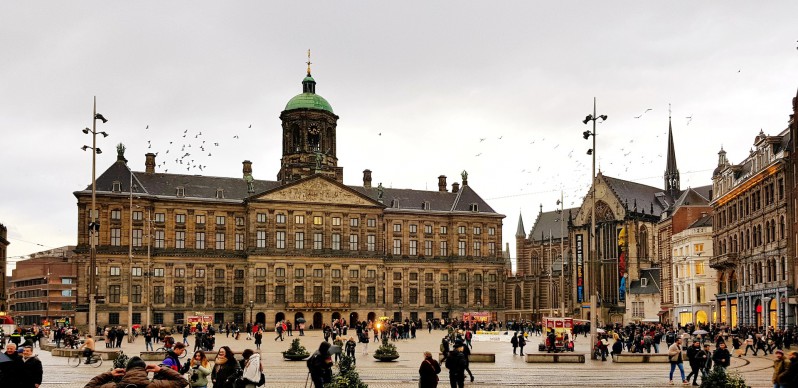 Impressive Royal Palace in Amsterdam serves King for official visits (photo: 3DVisu/unsplash.com)
Impressive Royal Palace in Amsterdam serves King for official visits (photo: 3DVisu/unsplash.com)The Netherlands' Kingdom is relatively young since it's been a constitutional monarchy since the beginning of the 19th century. The ruler has immunity and limited authority, as all the power lies with ministers. The monarch of Holland is His Majesty, King Willem-Alexander, sharing his throne with his wife, Her Majesty Queen Maxima. A while ago, the future Queen intrigued the public because she's not royal. Yet, she has been accepted by the public.
The royal family's residence is a gorgeous Huis ten Bosch Palace in the Hague. However, it's not a public place, as this is their home. Nevertheless, opened to everyone is a Royal Palace in Amsterdam, used by the King for official visits.
8. Swedish Royal Family
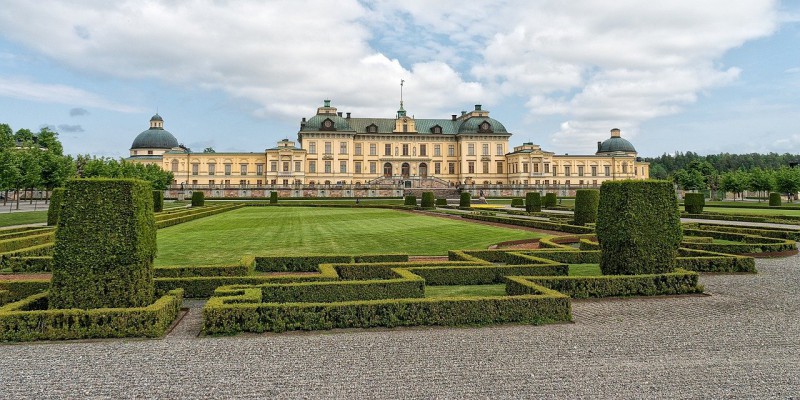 You can almost envy the Swedish royals as they live in beautiful Drottningholm Palace (photo: qimono/pixabay.com)
You can almost envy the Swedish royals as they live in beautiful Drottningholm Palace (photo: qimono/pixabay.com)The Swedish royal dynasty has been Bernadotte since 1810. The rulers of the country are His Majesty King Carl XVI Gustaf and Her Majesty Queen Silvia. His successor is Crown Princess Victoria, who, with Prince Carl Philip and Princess Madeleine, takes on the father's duties when he's unable to do so.
Today Sweden is one of the typical constitutional monarchy examples, and the King's power is determined by the Swedish constitution. Therefore, the King is the Head of State, and he's in charge of opening the parliament or Riksdag. The residence of the Swedish monarchy is Drottningholm Palace, just outside Stockholm, as the King and the Queen live there.
7. Norway Royal Family
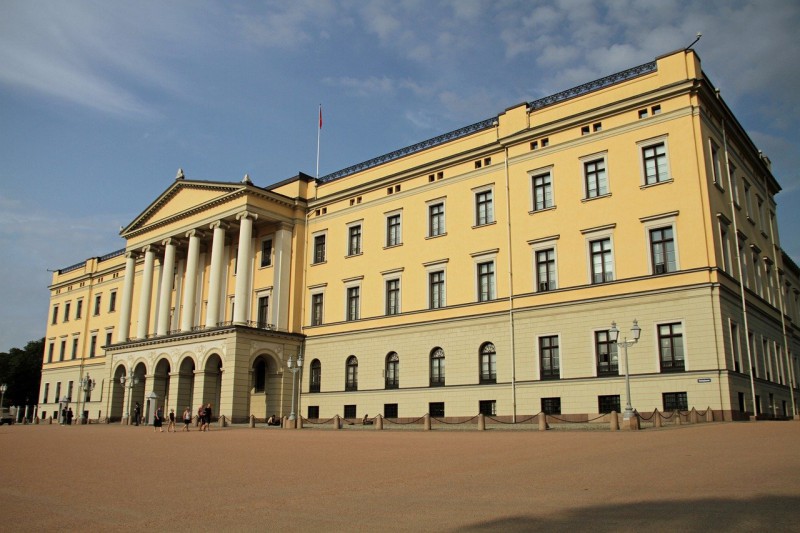 Norway's royal family lives in a Royal Palace in Oslo (photo: MonicaVolpin/pixabay.com)
Norway's royal family lives in a Royal Palace in Oslo (photo: MonicaVolpin/pixabay.com)Norway's monarchy rulers are the family Glücksburg, and the rulers are their Majesties, King Harald V and Queen Sonja. Their primary residence is the lovely Royal Palace in Oslo, surrounded by a beautiful park and a square in front of it. The Norway Monarchy dates back to the end of the ninth century, with more than 60 sovereigns.
The King is the official ruler of the country. Still, he has a limited role, as Norway is a constitutional monarchy. This means that his duties are more ceremonial and representative. Yet, that's quite the same as in other European monarchies.
6. Spanish Royal Family
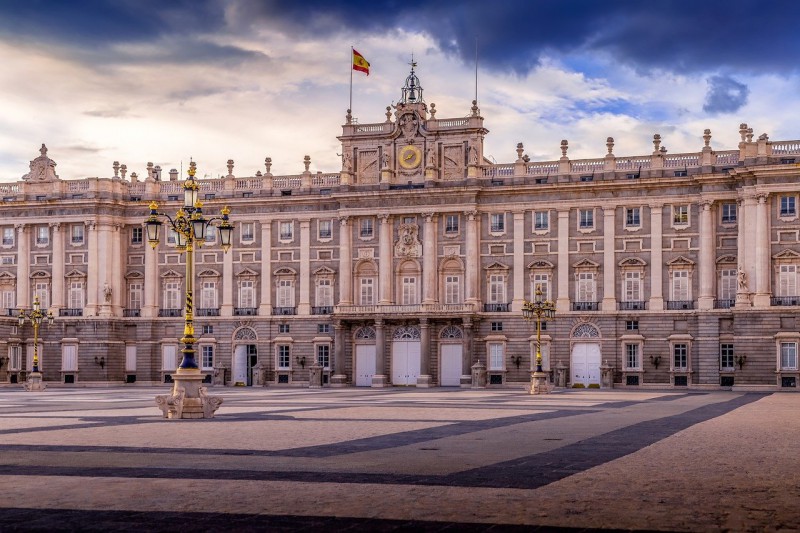 The Spanish King and Queen use this beautiful Royal Palace in Madrid for official purposes (photo: ddzphoto/pixabay.com)
The Spanish King and Queen use this beautiful Royal Palace in Madrid for official purposes (photo: ddzphoto/pixabay.com)A beautiful country set on the Iberian Peninsula is officially named the Kingdom of Spain. The Spanish monarchy has its roots in the eighth century, and today's Spanish royal family first ruled in the 13th century.
The former King Juan Carlos abdicated in 2014 after 39 years on the throne. However, he left his successor, His Majesty King Felipe IV, and Her Majesty Queen Letizia to rule. The formal seat of the monarchy of Spain is the Royal Palace in Madrid. However, their private place is Zarzuela Palace, just outside the capital.
5. Denmark Royal Family
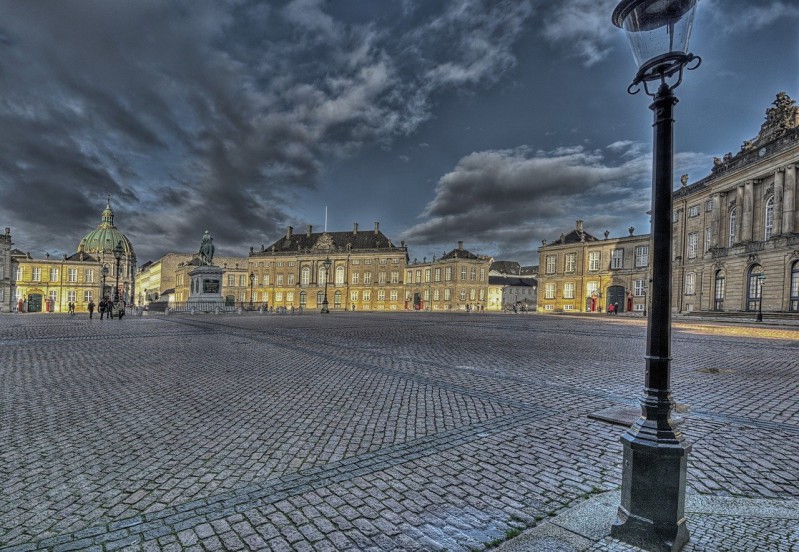 Stunning Amalienborg Palace is a primary residence of Danish Royals (photo: LeifLinding/pixabay.com)
Stunning Amalienborg Palace is a primary residence of Danish Royals (photo: LeifLinding/pixabay.com)Denmark is the smallest Scandinavian country (North Europe), and a Danish monarchy has existed since the 10th century, making it one of the world's oldest kingdoms. Today Denmark is a democracy and a monarchy, and the ruler has a limited government role. The current ruler is Queen Margrethe II, the first female monarch since the beginning of the 15th century.
The royals' primary residence is Amalienborg Castle in Copenhagen, a rococo-style castle from the 18th century. Moreover, the fun fact is that the Danish Royals live like ordinary people since they go to public school, shop, and eat in restaurants without a big fuss. Thus, the monarchy in Denmark is even less formal.
4. Belgium Royal Family
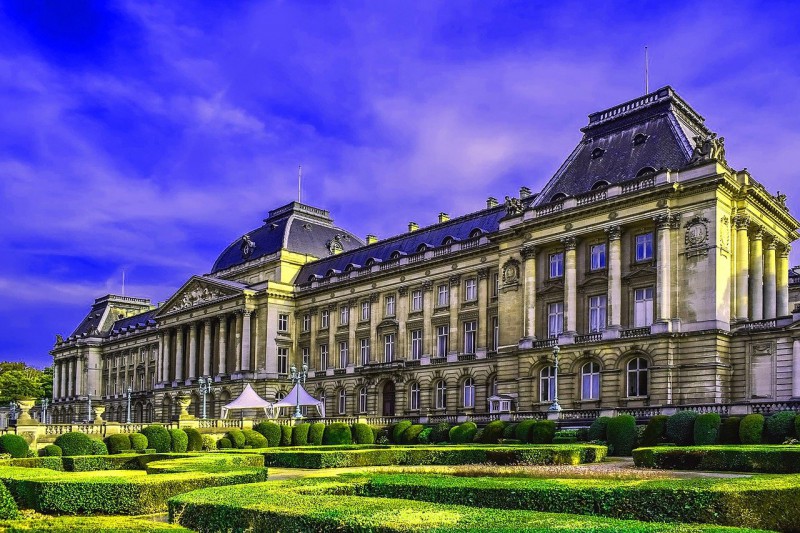 Impressive Royal Palace in Brussels is used for official purposes of Belgium's royals (photo: Jochen_Schaft/pixabay.com)
Impressive Royal Palace in Brussels is used for official purposes of Belgium's royals (photo: Jochen_Schaft/pixabay.com)Since its independence in 1830, Belgium has been a constitutional monarchy. Meanwhile, they had seven Kings. His Majesty King Philippe has been on the throne since his father, King Albert II, abdicated in 2013. Belgium's King often visits different provinces to feel the situation among the population and get his own insights.
Basically, Belgium's Royals are more involved in their population's lives, trying their best to help and understand them. Accompanying the King on his various obligations, formal and volunteer business is Her Majesty Queen Mathilde. The official imperial residence of the King and Queen is the Royal Palace of Brussels. However, they live in the Palace of Laeken.
3. Monaco Royal Family
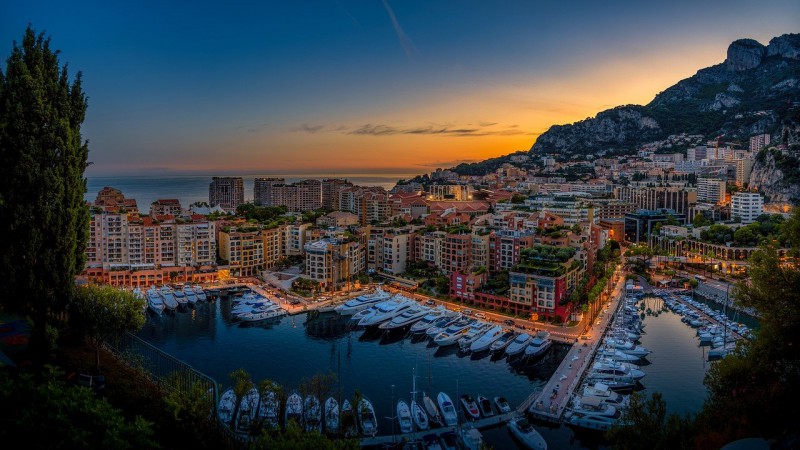 Monaco is a lovely Mediterranean country ruled by Prince Albert II (photo: pierre9x6/pixabay.com)
Monaco is a lovely Mediterranean country ruled by Prince Albert II (photo: pierre9x6/pixabay.com)Monaco is a small French Riviera country in the south of France, perfectly strategically located on the Mediterranean coast. The Royals of Monaco are Grimaldis, as the family has ruled Monaco since the end of the 13th century. Still, it wasn't till 1633 that the King of Spain recognized the title, Prince of Monaco, as until then, the title was Lord of Monaco. Moreover, since the beginning of the 19th century, this principality has been placed under French protection.
Today, the reigning monarchist is Prince Albert II, Prince Rainier III's successor. His mother was Grace Kelly (a former Hollywood actress who died in 1982). Monaco is one of the world's wealthiest countries, as many millionaires call it home, due to low taxes. Monaco is well known for Formula 1, the most incredible street racing track, AS Monaco soccer club, and its famous casino. According to Business Insider, Prince Albert is the third richest monarch in Europe.
2. Liechtenstein Royal Family
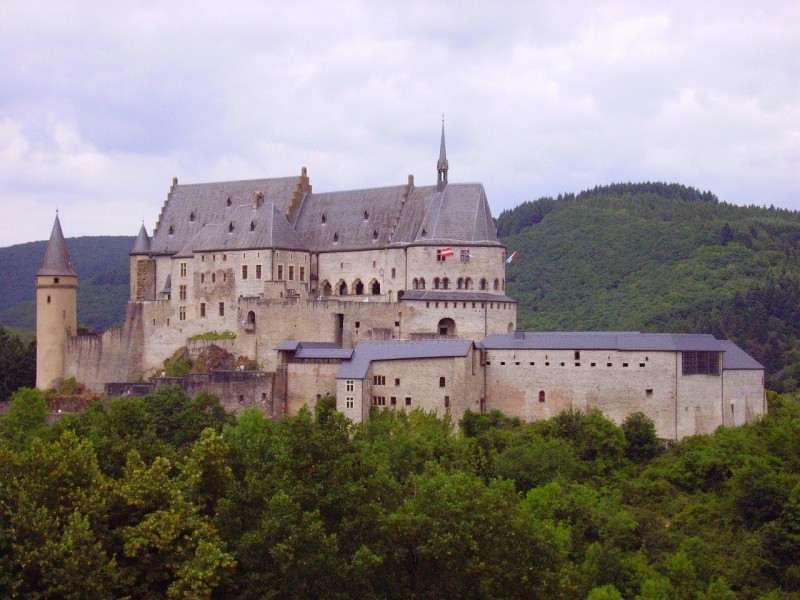 Vaduz Castle is the residence of the Prince of Liechtenstein (photo: Henrique Ferreira/unsplash.com)
Vaduz Castle is the residence of the Prince of Liechtenstein (photo: Henrique Ferreira/unsplash.com)A small mountain country is one of the wealthiest in the world. Liechtenstein is a constitutional monarchy based on democracy and parliamentary principles, with Prince Hans Adam II and his wife, Princesse Marie-Aglaé, on the throne. Therefore, the Prince and the People (via parliament or referendum) make the majority of decisions together.
The monarchy is hereditary and goes to the eldest son of the Prince, in this case, His Majesty Hereditary Prince Alois. According to Business Insider, the ruler of Liechtenstein, Prince Hans Adam II, is the second richest royal in Europe.
1. Luxembourg Royal Family
 The Vianden Castle has belonged to Grand Duke's family for a long time (photo: kiwi/pixabay.com)
The Vianden Castle has belonged to Grand Duke's family for a long time (photo: kiwi/pixabay.com)This small country, surrounded by Germany, France, and Belgium, is the European Union's wealthiest. Most of its fortune comes from private banking. Luxembourg has been a monarchy since 1815, and this is the only sovereign grand duchy in the world with Grand Duke Henri as a ruler and Head of the State.
The fun fact is that the Grand Duke is the first cousin of Belgium's King Philippe. Moreover, according to Business Insider, Grand Duke Henri is the wealthiest royal in Europe.
As you can see, all the monarchies in Europe are constitutional. However, we have one more on the continent, and this one's absolute monarchy; it's the Vatican, of course. Due to its specific organization, we think that the Vatican is not suitable for our list cause the Pope is the absolute Monarch of the Vatican… You get the point!
Have you ever heard about these royals, or did you think that only the United Kingdom had a royal family? Please write to us in the comments, as we would like to hear your thoughts.
Cover photo: TopTens.fun/Midjourney